Today I’m rounding off my coverage of the North Coast 500 with another entry in what has become a venerable and popular series here. These itinerary ideas highlight different regions of Scotland and provide a handy batch of activities, sights, and experiences I’ve collected during my explorations. I look at it as an homage to the area, one I plan to make for every corner of Scotland. Today I’m highlighting Caithness, a pastoral nook claiming ancient history and the most northerly point on the Scottish mainland.
These Scotland itinerary ideas collect many of my previous articles on the selected region in one place, along with my assessment of their importance for the visitor and a bevy of useful tidbits that might’ve gotten lost along the way. At the end of the day, these articles should be useful cheat sheets to refer to when you begin dreaming up your trip, and they are especially good starting points when you decide to contact me for help in planning your trip to Scotland.
So let’s get into some of the top things to do in Caithness.
Caithness
Caithness tends to get overlooked among its North Coast 500 neighbors. It’s a fraction of the size of Sutherland, doesn’t hold a candle to the radiant beauty of Wester Ross, and is further from civilization than Easter Ross and Black Isle. Yet Caithness is not without its charms. While inland Caithness is largely given over to pastures and farms, a long stretch of beautiful coastline swings north past Wick and John O’Groats to the east, Thurso, and beyond. Littered everywhere throughout Caithness, almost invisible as rumpled hills and mossy rocks, hide brochs, standing stones, and cairns, the markings of ancient cultures that have called this fertile slice of the north home. Vikings, too, have made their mark in Caithness, and their presence here bridges the Pentland Firth to the Orkney Islands — the two regions share a similar cultural history in addition to the geological similarities. Despite its small size, Caithness holds treasures for visitors inclined to castle ruins, brochs and other ancient structures, birding and coastal vistas, and distilleries.
Things You Can’t Miss
Castle Sinclair Girnigoe. Just north of Wick stands my favorite castle in Caithness, Castle Sinclair Girnigoe. The Sinclairs are a famous family in Scottish history whose holdings include none other than Rosslyn Chapel south of Edinburgh and a castle in Kirkwall, Orkney. The Sinclairs trace their lineage back through the ages to Norman conquerors, who were themselves descended from Norse vikings. It seems only fitting that the Sinclairs later became earls of Caithness and Orkney, which were once part of the Scandinavian north Atlantic power base. And, if rumors related to Rosslyn Chapel are to be believed, it’s possible the Sinclairs or their ancestors had reached the New World long before Christopher Columbus. Castle Sinclair Girnigoe is a beautiful ruin plunging into the sea on par with Dunnottar Castle.
Cliffs and Coastline at Dunnet Head and Duncansby Head. Dunnet Head and Duncansby Head are a pair of peninsulas at the northern and northeastern extremities of the Scottish mainland. Here you’ll find breath-taking coastal views and swarms of seabirds nesting in the high cliffs. On clear days the southernmost of the Orkney Islands are visible on the horizon, and you can imagine the longships and coracles sailing across the often treacherous firth.
Old Pulteney and Wolfburn Distilleries. Caithness is home to two very different distilleries. Since its founding in 1826 Old Pulteney has been one of the more difficult distilleries to visit in Scotland due to its geographical location. Everything was brought in by sea — barley, barrels, even men — and the finished whisky left by the same means. Today there are roads but the whisky still has a characteristic saline quality resulting in some unique, morish drams. Wolfburn, on the other hand, is a new kid on the block at just over five years old. A distillery with the same name stood here 150 years ago, and the owners, powered by distillery manager Shane Fraser, are resurrecting that history with a fragrant, floral, and light spirit. While a proper visitor centre is still in the works, a visit is still possible and recommended as the spirit they’re making is of the finest caliber.
Things You Shouldn’t Miss
The Hill O’ Many Stanes. South of Wick on the A9 stands one of Scotland’s more curious monuments: The Hill O’Many Stanes. This hillside is set with nearly 200 short, upright stones in 22 rows that form a fan shape. A cursory examination of the site makes one think it’s an ancient graveyard, but theories persist today the Hill O’Many Stanes is actually a Bronze Age lunar observatory or astronomical calculator. The Hill is the largest stone row monument in Britain, and you won’t find these outside of Sutherland and Caithness, though Brittany has much taller versions. All we have are theories and hypotheses for the Hill O’Many Stanes, and that ultimately means we don’t know what it was used for.
Scads of Ancient Brochs. Any exploration of Caithness’s brochs ought to begin at the Caithness Broch Centre. In this excellent, niche museum you’ll learn of the many brochs in the area, places like Thing’s Va Broch, which also served as a Viking parliament, Nybster Broch, Keiss Broch, and secluded Dunbeath Broch. Dozens more have been noted, and only those who live in the earth know how many more remain to be discovered.
Castle of Mey. Formerly known as Barrogill Castle, the Castle of Mey was built in the 16th century and is famously known today as the pet project of the Queen Mother. She purchased the castle in 1952, restored the castle as a holiday home, and regularly visited between 1955 and 2002. Today the Castle of Mey is open to the public and represents the most northerly castle on the Scottish mainland.
Things to Do Off the Beaten Path
The Whaligoe Steps. Whaligoe is a rocky inlet near Ulbster surrounding by 250-foot cliffs on three sides. The only way to get to the water is take the 365 man-made stone stairs down the inside of the escarpment. These steps helped support a small fishing fleet in the early 19th century, and today they remain an interesting historical footnote that provides beautiful views of Caithness’s eastern coastline.
Achavanich Stone Circle. Achavanich is a largely unheralded stone circle near Loch Stemster north of Latheron. Thirty-six standing stones, some as tall as six and a half feet, remain of the original 54, and their placement is unique with the edges of the stones facing inward. This circle is believed to be 4,000 years old and recent improvements to the site, including informational boards, make the best visitor experience yet.
Grey Cairns of Camster. In the Flow Country northwest of Whaligoe stand a pair of incredible cairns that are among the oldest structures in Scotland — 5,000 years! Camster Long is a massive, 200-foot chambered cairn in the Orkney/Cromarty style while Camster Round has an immaculate, high-vaulted central chamber. These amazing Neolithic structures are just far enough into the Caithness countryside to be missed by the majority of travelers up the A9.
Logistics & Salient Bits
Bases. Many travelers gravitate toward Wick, Thurso, and John O’Groats as bases in Caithness since they’re the biggest settlements. Of the three Thurso is the nicest, but I would focus your search on accommodations in the countryside near one of the cities and the coast. I liked our base in Keiss, just north of Wick, though this strategy requires your own vehicle (see below). As always, the best bet is to seek out Visit Scotland’s gold-rated accommodations like The Clachan in Wick. For truly luxury accommodations, check out Ackergill Tower.
Transportation. The train can get you to Wick and Thurso, which means exploring Caithness using public transportation is actually a possibility. Getting to the coastal and interior highlights without a car, however, still will be quite difficult. If you’re doing the North Coast 500 you’ll have a car and it will prove a boon in Caithness as well.
Food & Drink. Caithness has excellent local beef and seafood for those looking to cook meals at home. In Wick, Bord de L’eau is a fine French restaurant and good pizza can be found at Devitas Pizzeria. Meanwhile, in Thurso, Bydand and Red Pepper Restaurant are reliable options. The Whaligoe Steps Café, Stacks Coffee House and Bistro in John O’Groats, and The Bay Owl in Dunbeath are fine choices as well.
I hope you’ve found some itinerary ideas that have you wanting to stop and explore Caithness. It makes a perfect stopping point either on the North Coast 500 or as part of a trip including the Orkney Islands and/or the Shetland Islands.
The following photos used under Creative Commons: Dunnet Head (John McSporran), Duncansby Head & Whaligoe Steps (Adam Court), Grey Cairns of Camster (John W. Schulze).

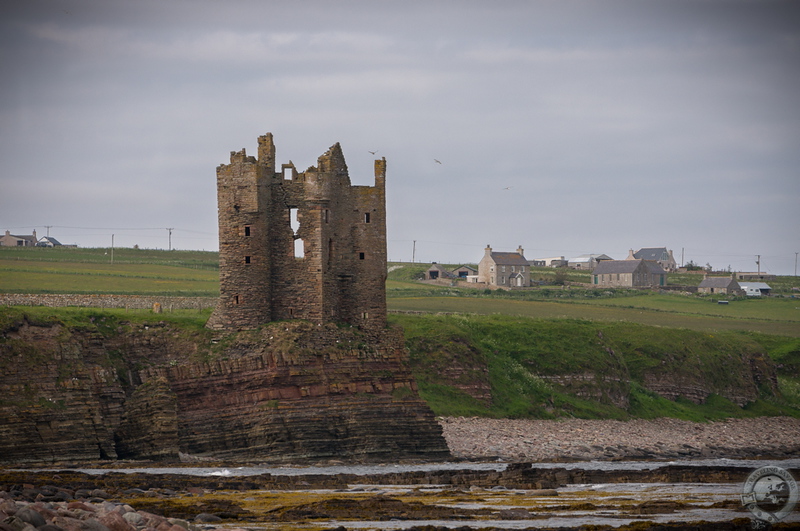
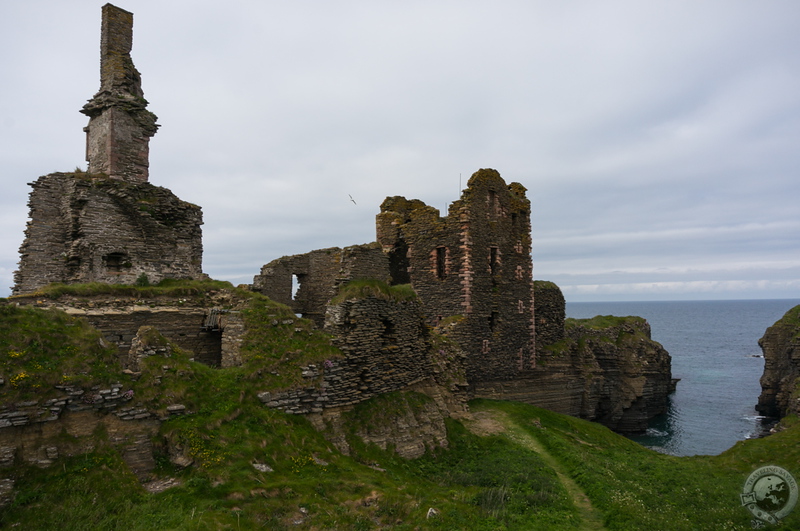
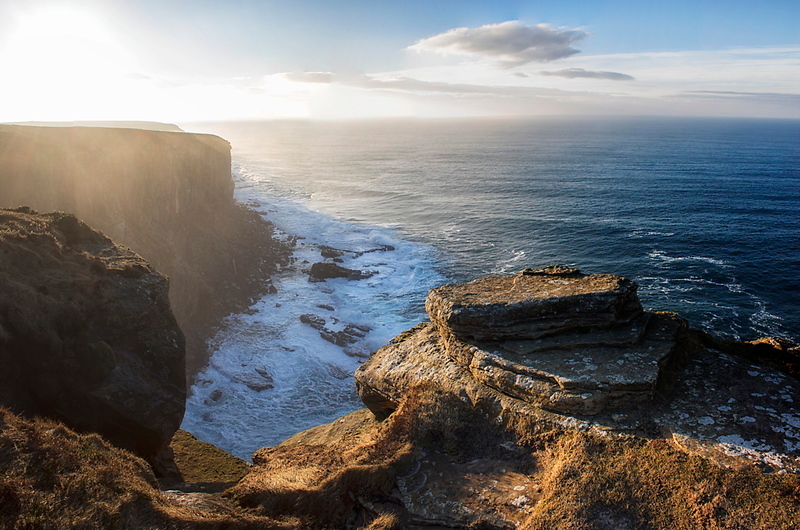
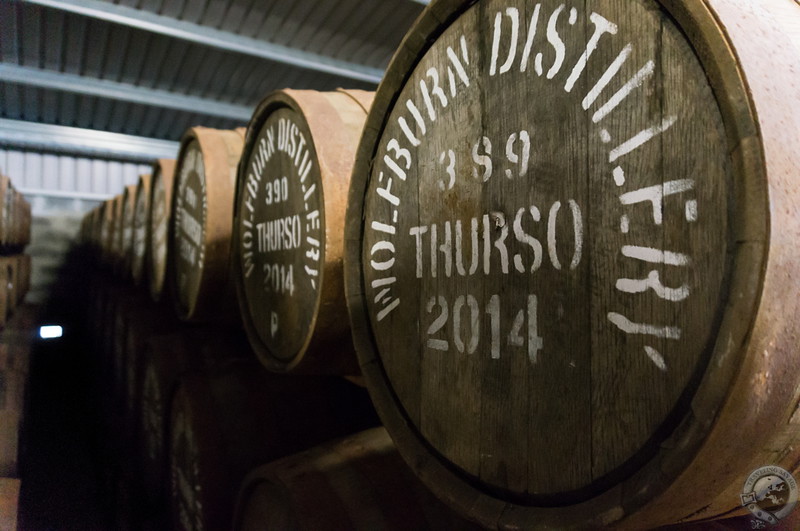
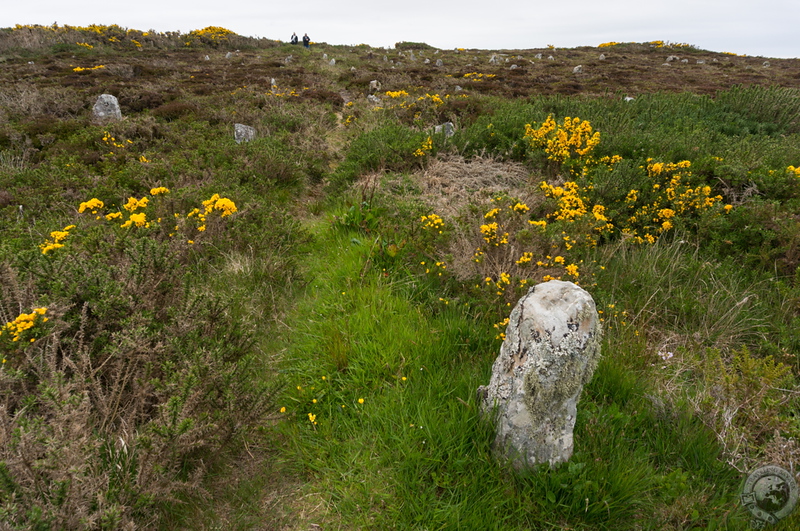
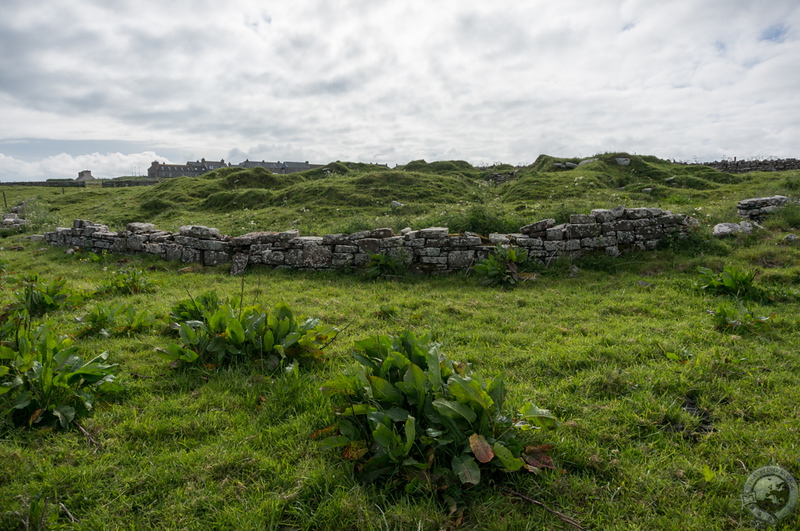
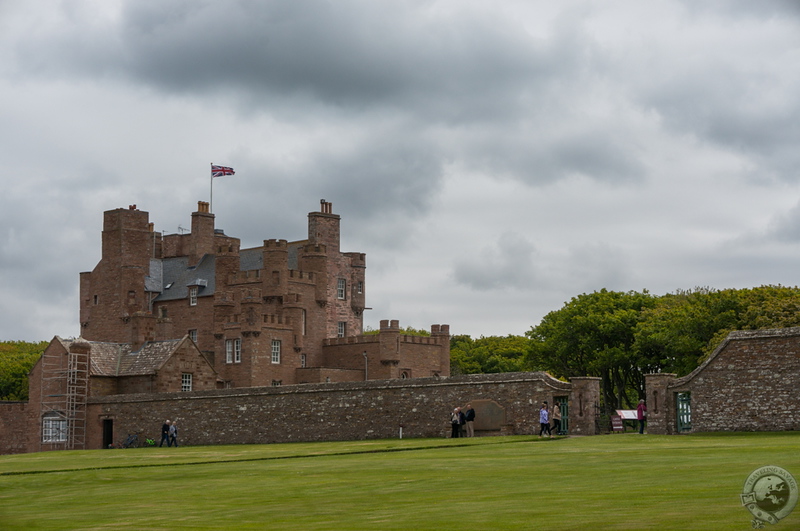
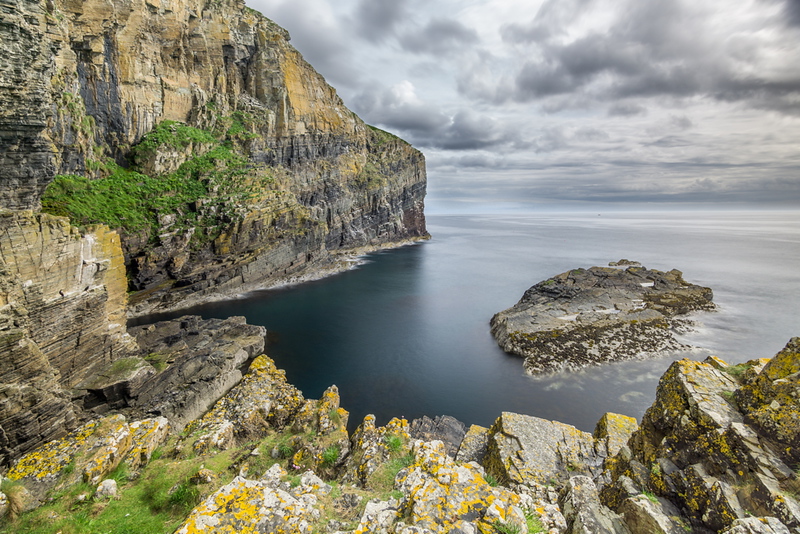
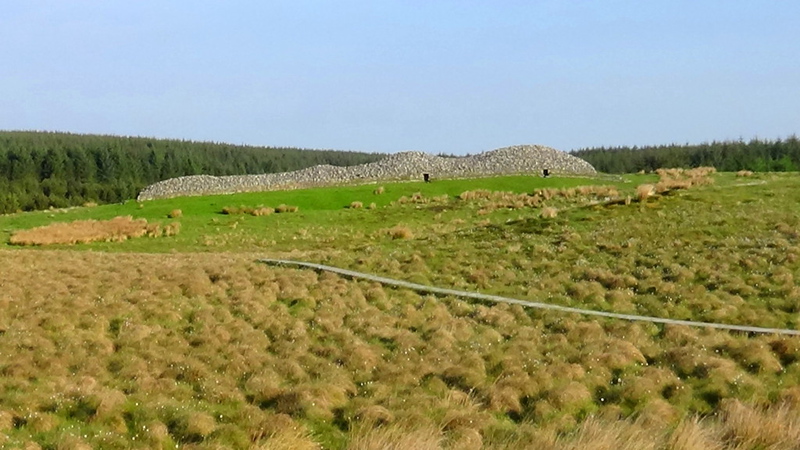
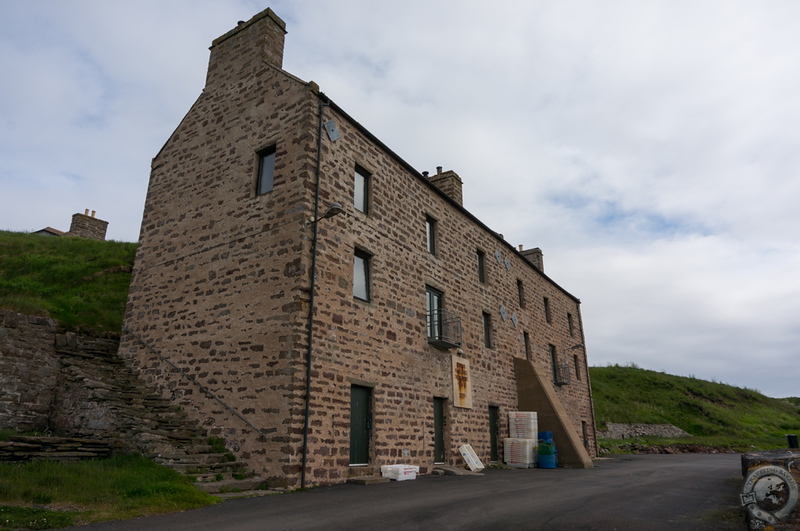
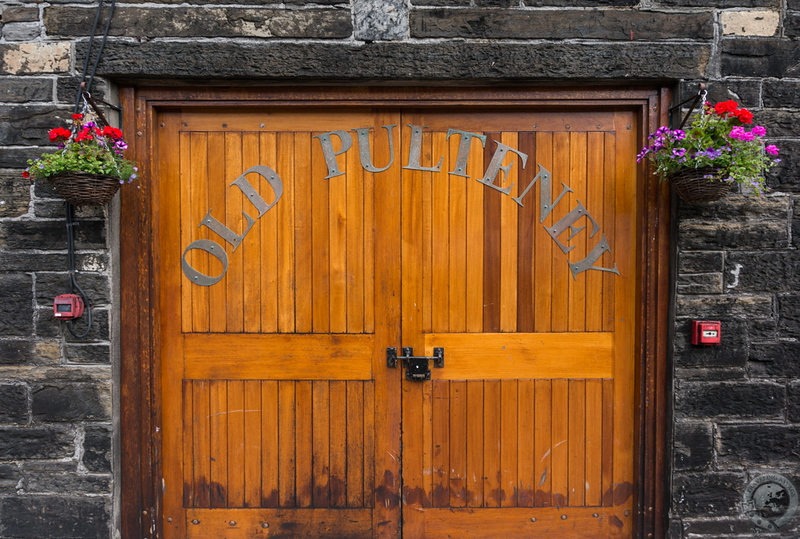
ny5t4m
ywrahn